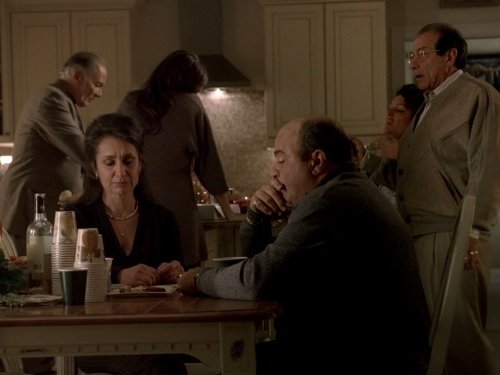In the film industry, narratives are told primarily through visual and aural cues rather than written scripts in order to emote and explore themes. Michael Ricigliano’s Godless (2024), which he both wrote and directed, is a shining example of how to use cinematic devices to heighten drama and draw viewers into the narrative. Ricigliano, known for his meticulous approach to filmmaking, employs a range of techniques in Godless to build tension, underscore the central conflict, and draw viewers into the complex narrative of political ambition and religious excommunication.
Dramatic Lighting: Casting Shadows on Morality
Godless uses dramatic lighting to convey the moral ambiguity of its characters and the intense pressure they face, which is one of the film’s most striking features. Cinema lighting is a powerful tool that can evoke moods and highlight character emotions, not just illuminate scenes. The protagonist, a Catholic governor who was excommunicated by the church for signing a progressive bill into law, faces both internal and external struggles, which are symbolized by the sharp contrast between light and dark created by Ricigliano’s use of high contrast lighting.
The film often employs chiaroscuro lighting, an effect derived from classical painting that highlights stark contrasts between light and shadow, to convey both the internal turmoil of the governor and the larger struggle between the authority of the church and contemporary political ideals. The governor is frequently partially hidden by shadows in significant scenes, signifying his moral ambiguity and the significance of his choices. This method successfully captures the film’s thematic darkness, which blurs moral boundaries and frequently leaves characters navigating the murky areas between right and wrong decisions.
Intense Dialogue Scenes: Words as Weapons
Intense dialogue sequences are a crucial tool that Ricigliano uses to up the drama in Godless. During these scenes, the incisive and pointed dialogue in the screenplay turns into a battleground where characters fight over deeply held convictions and individual goals. Ricigliano skillfully directs these sequences to make sure that every word matters. He frequently employs close-ups to capture the characters’ unfiltered emotions on their faces.
The slow, purposeful pacing in these scenes adds even more tension. Ricigliano creates a tangible sense of unease by allowing pauses and silences to linger, which reflects the internal conflicts of the characters. The conversations are more than just verbal exchanges; they are rich in hidden meaning that reveals the characters’ true intentions and anxieties. In a heated exchange between the governor and a high-ranking church official, for example, the dialogue highlights the profound ideological gap between them, and the deliberate delivery of lines highlights the tension and restraint that both characters are experiencing.
Cinematic Framing: The Power of Perspective
Godless’s drama is further enhanced by Ricigliano’s use of cinematic framing. The audience’s viewpoint is greatly influenced by the camera angles and shot compositions used, which also highlight the power relationships between characters. Ricigliano frequently uses low-angle shots to give the impression that some characters, like the church officials, are powerful and authoritative. On the other hand, high-angle photos are employed to show vulnerable spots, especially when the governor is facing the fallout from his deeds.
In order to visually depict characters’ isolation and the personal cost of their choices, framing is also used to isolate characters within the frame. The governor is frequently depicted in the frame by himself during times of crisis, highlighting his lone battle against both political and religious forces. This method strengthens the audience’s emotional connection to the character’s plight while also improving the visual storytelling.
Sound Design: The Echoes of Conflict
Another essential tool Ricigliano employs to heighten the drama in Godless is sound design. The sound design of the movie is painstakingly created to capture the tension and dread that permeate the narrative. Ricigliano creates a suspenseful and ominous atmosphere with ambient sounds, such as the distant ringing of church bells or the quiet murmurs of a crowd. The governor is constantly under pressure from the public and the church, and this is subtly highlighted by the sound design.
Confrontational scenes frequently have minimal sound to highlight how stark the situation is and to make the dialogue stand out and connect with the viewer. The viewer’s attention is fully focused on the words and actions of the characters as a result of the sparse use of sound, which heightens the intensity of crucial moments.
A Masterclass in Cinematic Storytelling
Godless by Michael Ricigliano is a masterclass in using cinematic devices to heighten drama and intensify the impact of the story. By utilizing dramatic lighting, intense dialogue sequences, well-planned framing, and expertly composed sound design, Ricigliano crafts a film that is both visually stunning and emotionally impactful. Each tactic complements the others to heighten the suspense, highlight the main conflict in the movie, and draw viewers into the moral and ideological struggles that shape the narrative. Godless is a must-watch for lovers of dramatic storytelling because it is a monument to the ability of film to explore difficult subjects and arouse strong emotions.
